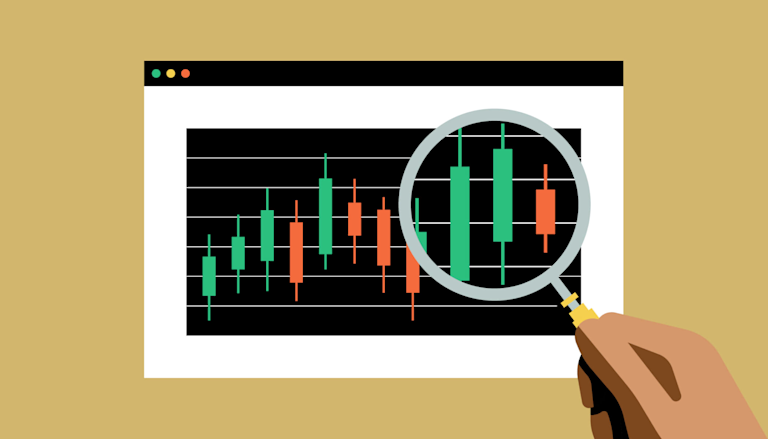
Understanding Crypto Trading Support Levels
In the world of cryptocurrency trading, understanding platform mechanics and market behavior is crucial for making informed trading decisions. One of the most significant concepts traders must grasp is the idea of support levels. Support levels are essential in technical analysis, as they indicate price points where demand may be strong enough to prevent the price from declining further. In this article, we will delve into the fundamentals of crypto trading support levels and discuss how you can effectively leverage them in your trading strategy. For further insights, Crypto Trading Support Levels visit website.
What Are Support Levels?
Support levels are horizontal lines on a price chart that indicate a level at which a specific asset’s price has historically had a hard time falling below. They represent a level of buying interest (demand) for the asset. When the price of a cryptocurrency approaches this level, many traders may view it as a prime opportunity to buy, expecting that the price will bounce back up from this support zone. An essential aspect of support levels is that they can change over time; a strong support level today may not hold in the future due to market dynamics.
Identifying Support Levels
Traders identify support levels by analyzing price charts and looking for areas where the price has previously bounced upward. Common methods for determining support levels include:
- Historical Price Data: Previous lows on a price chart often become future support levels. By examining historical price movements, traders can identify these critical price points where buying pressure has increased.
- Trendlines: Connecting the lows of price action can create a trendline that serves as a dynamic support level. As long as the price remains above this trendline, traders may continue to see it as a bullish indicator.
- Moving Averages: Moving averages, such as the 50-day or 200-day moving average, can act as dynamic support levels. When the price approaches these averages, they can be indicative of strong support.
- Volume-Based Support: Analyzing trading volume at price levels can help identify where strong buying has previously occurred, further establishing a support level.
Why Are Support Levels Important?

Support levels are vital for several reasons:
- Buying Opportunities: Identifying support levels allows traders to anticipate potential buying opportunities. By entering trades close to these levels, traders can set tighter stop-loss orders, minimizing potential losses.
- Risk Management: Knowing where support levels lie helps traders manage risk effectively. If the price breaks below a well-established support level, it may indicate a change in market sentiment, prompting traders to exit their positions.
- Price Prediction: Traders often rely on support levels to predict potential price movements. A strong support level may deter selling and could accentuate upward price movement when the level holds.
- Market Psychology: Support levels represent a psychological threshold for traders. Understanding market psychology surrounding these levels can assist in making sound decisions in trading.
Using Support Levels in Trading Strategies
To incorporate support levels into your trading strategies, consider the following practical approaches:
1. Buy Near Support
When the price approaches a known support level, it may present a buying opportunity. Traders often wait for confirmation—such as a bounce off the support level indicated by bullish candlestick patterns—before opening long positions.
2. Set Stop-Loss Orders
Placing stop-loss orders below established support levels can help protect against downside risk. If the price breaks below support, it could signal a more significant downward trend, allowing traders to exit positions before incurring substantial losses.

3. Monitor Breakouts
If the price breaks through a support level, this could indicate a potential trend reversal. Watching how the price behaves after breaking a support level can provide insight into whether it will become a resistance level or the trend will continue downwards.
4. Combine with Other Indicators
Support levels should not be used in isolation. Combining support levels with other technical indicators—such as RSI, MACD, or volume analysis—can create a more well-rounded trading approach and increase the probability of success in trades.
Conclusion
Understanding and effectively utilizing support levels in crypto trading can significantly enhance your trading strategy. By identifying these critical levels, traders can make informed decisions on when to buy, set stop-loss orders, and manage overall risk. As markets change and evolve, continuously reassessing support levels and employing a mix of technical analysis will allow you to better navigate the dynamic landscape of cryptocurrency trading. Always remember to remain disciplined and stay informed, as the cryptocurrency market is known for its volatility, and having a solid grasp of support levels can help you weather the storms of price fluctuations.











